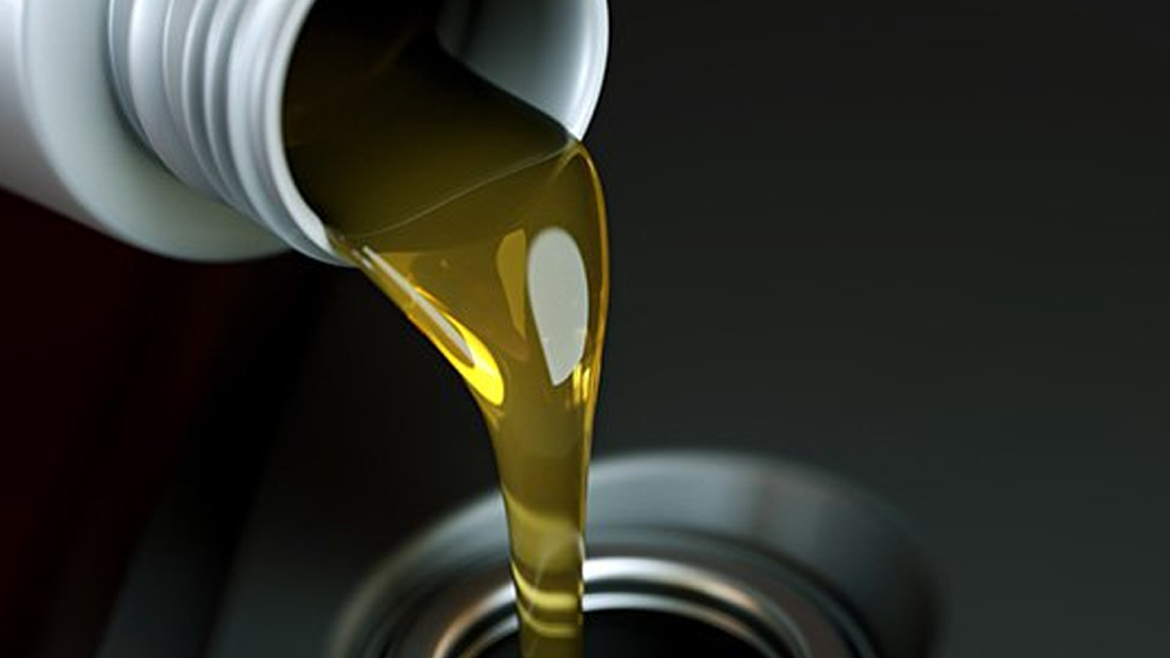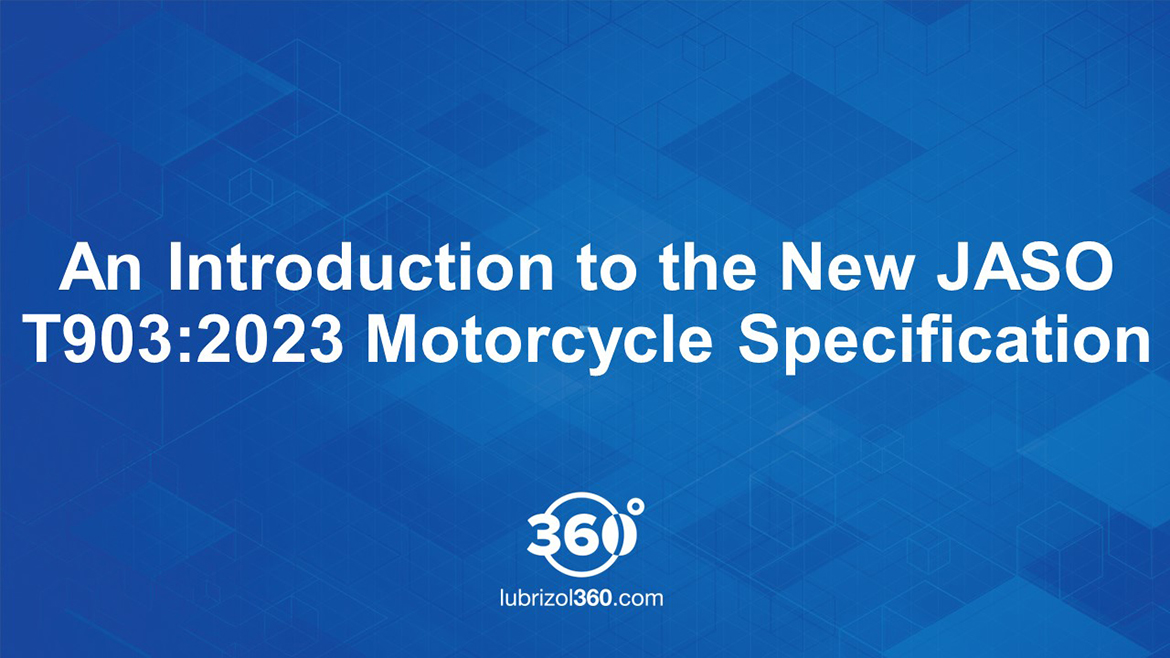The sweeping changes to light-duty vehicle emissions and fuel consumption standards steered through the legislative process by President Barack Obama in the summer of 2012 have had a profoundly galvanizing effect on the US-based auto industry. The new EPA/NHTSA standards for model years 2017 through 2025 represent the first significant raising of the fuel economy bar for several decades, and require a virtual doubling of fuel efficiency compared with today’s vehicles. By 2025, passenger cars will have to achieve 54.5 (US) mpg, while for trucks the target is in the high 30s.
These objectives translate into an average annual improvement of approximately 5 percent per year to 2025, challenging the design of every single part of the vehicle. This applies to the fluids and oils as well as the physical hardware, and the lubricant industry is already working on new standards that will enable automakers to offer the very latest fuel saving technologies thus reducing CO2 emissions. The proposed move to the new GF-6 standard is no ordinary upgrade. Instead of simply playing catch-up and specifying oil performance geared to today’s vehicles, the GF-6 standard-setting process looks ahead to tomorrow’s technologies. It anticipates the wholly different lubricant demands that will come with next-generation engines that are downsized, turbocharged, and much more highly stressed.
The industry can no longer afford a wait-and-see approach; the unprecedented pace of a near-5 percent improvement in fuel efficiency each year calls for concerted, coordinated action on all fronts. As part of the 2013 Global Powertrain Virtual Summit, SAE International and Lubrizol hosted a high-level discussion which brought together experts from the regulatory authorities, automakers, and lubricant formulators.
Opening the session, EPA environmental protection specialist Christopher Laroo explained that the new legislation was the result of a joint rule-making process, with NHTSA handling the fuel economy standards and the EPA the greenhouse gas emissions. With California accepting the EPA norms as compliance, said Laroo, phase two of the program, from 2017 to 2025, “. . . allows automakers to plan long term and to continue building a single national fleet of vehicles that satisfy federal and California standards. It also ensures consumers have a full range of vehicles with respect to performance and utility.”
Many technologies are at the OEMs’ disposal, says Laroo, including hybridization, turbocharging, stop-start, aerodynamics, and more efficient sub-systems such as air conditioning. However, Laroo surprised the webcast audience with his projection that, “. . . automakers could meet the standards largely through advances in internal combustion engine design.”
Laroo supported the EPA view with projections from agencies that the automakers would only need to produce between 1 and 3 percent of their vehicles as plug-in hybrids or electric vehicles in order to meet the 2025 standards. EPA forecasts that by 2021 gasoline direct injection, eight-speed transmissions and turbocharged, downsized engines will have a market penetration of over 60 percent (in 2011 these hovered around 10 percent), while by 2025 the take-up rates will be over 90 percent. Giving more detail, Laroo explained how 2025’s engines would be working much harder than those of today: typical BMEP values would by then be well over 24 bar.
The Automaker’s View
From the car manufacturer’s point of view, Robert Proctor of Honda R&D Americas characterized the situation as one of balancing the societal goals of providing a low-CO2 vehicle with the desire to provide “a nice vehicle for everyone to drive in,” at a reasonable price. The GF-6 oil initiative was important in this balancing process, he said, and Honda had been active in implementing lower viscosities for greater efficiency — including exploring new xW-16 grades for SAE to supplement the 0W-20s that the company had been using since before 2000.
“For the future, we’ve also been investigating still lower grades — 12, 8 and 4 — but the timeline for that is not yet fixed,” he added. Comparing the friction losses in 1.3 and 1.8 liter engines, Honda’s research found that engine oil viscosity significantly impacts engine friction, especially with smaller engines and higher viscosities such as SAE 10W-30. Areas within the engine where friction reduction through engine oil technology can have the greatest impact are in the crankshaft bearings, the piston ring area, the cam-valve interface, and the camshaft drive itself. Within these components, the crucial oil performance aspects are the film-forming ability and the sliding areas.
“Once you understand the performance requirement and the limitation of the low viscosity, then you can set the oil viscosity based on that,” explained Proctor. “That will help determine your needs for that specific engine.”
Honda’s con-rod bearing durability test showed no noticeable differences in wear between a reference SAE 0W-20 oil and an experimental SAE 0W-16 oil. Key tests are currently being set within the industry to help determine the final specification for GF-6: high temperature, high load; valve operating system; low-temperature deterioration; and fuel economy performance.
Overall, Honda’s study concluded that the lower viscosity oil could demonstrate equivalent or superior engine protection in engine and bench tests when compared with SAE 0W-20, yet also return improved fuel economy. Proctor also touched on a key topic elaborated on by the next speaker, Martin Birze of Lubrizol — the provision in the GF-6 standard for two separate ratings: the SAE 0W-20 GF-6A, which is backward-compatible, and GF-6B, which is an SAE 0W-16 and will not be backward compatible for older applications.
New approaches to testing will be required for the new-generation GF-6 oils, and solutions will have to be devised for the advent of low-speed pre-ignition.
“Fuel economy standards drive the automakers to develop new engine technologies, which subsequently impact the way engine oil additives are formulated,” began Birze. “At the same time, ILSAC (the International Lubricants Standardization and Approvals Committee) has proposed significant improvements in the contribution of the oil toward initial and durable fuel economy with GF-6.”
Step-change Upgrade
The challenge, continued Birze, will be to carefully balance all performance parameters into a robust final product meeting not only fuel economy but all of the needs of the OEMs, oil marketers, and consumers. “The performance bar is being raised with GF-6,” he declared. “Six new engine tests will push our engine oil formulating approach to a new level. New high-performance engines such as gasoline direct injection or turbo GDI will require higher performance engine oils, and CAFE requirements are setting new fuel economy requirements that the industry must achieve. The key message today is balancing fuel economy with the other standards. It’s about efficiency without compromise. We at Lubrizol agree that GF-6 should be a meaningful upgrade over GF-5.”
The proposed GF-6 upgrade is aimed at 2017 model year vehicles, the point where the fuel efficiency curve begins to rise most steeply. The lubricant is one piece of the puzzle that will enable OEMs to achieve the necessary year-on-year improvements of 4 percent or more. The lubricant, says Birze, impacts fuel economy in two ways: it directly improves the efficiency of existing engines, and it can act as an enabler for the new hardware technologies which, in turn, further increases engine efficiency.
Those technologies place additional and often unexpected new demands on the lubricant, including dealing with the issue of the role of the oil in low-speed pre-ignition — a phenomenon which is not yet fully understood.
Lubrizol has been active in markets such as Japan, establishing new formulations that are not just simply ultra-low viscosity, but which also incorporate other innovative properties. “Our Super Fuel Economy Oils (SFEOs) embody a holistic approach,” explains Birze. “Through the proposed GF-6B specification, it will be the industry’s goal to push fuel economy to new and higher limits: SFEOs push us to a new formulating style. It’s not just lower viscosity; it’s the selection and a unique balance of additive, viscosity modifier, and base oil that works with the unique engine design that maximizes fuel economy.”
Describing the proposed GF-6 as a step-change in performance compared with earlier GF oils, Birze concluded his presentation by explaining how the new testing sequences, especially the additional procedures for cam chain wear and low-speed pre-ignition, were forcing a complete reassessment of where the sweet spot for fuel economy, sludge, wear, and deposit control would now lie. “Once we have established this new balance, we will have to extend the durability of GF-6A to GF-6B,” he said.
With the forward-looking GF-6B aimed at advanced engines, higher levels of friction modifier will be inevitable, said Birze, “and we also need to understand the effect of other additives on fuel economy.”
Audience Response
Responding to questions from the worldwide webcast audience, Robert Proctor noted that Honda had not seen any adverse effects in any of its tests with low-viscosity oil, but had noted a marked improvement in fuel economy with SAE 0W-20 grades. He also revealed that Honda is testing several vehicles in Japan using grades as low as SAE 0W-8, although SAE 0W-12 will be the first to be applied.
Proctor also dispelled concerns that the new oils would have a major cost impact. “They will be cost-neutral, or have only a minor cost impact,” he clarified. Honda did of course conduct its testing with non-GDI engines and using GF-5 oils, and Martin Birze of Lubrizol stated clearly that when it comes to the GF-6 standard it is too early to know what the cost position will be. “Honda’s work was based on a GF-5 additive system,” Birze later clarified. “With GF-6 we are looking at six new engines, including GDI, and until we get these new engines it will be premature to say anything about the likely cost.”
Asked by another audience member which performance areas would be of most concern in the new GF-6 oils, Martin Birze anticipated that it would be critical to find the right balance once the performance levels had been achieved. “Deposit control would be important,” he said, “in addition to protection against low-speed pre-ignition and cam chain wear.”
Overall, all three speakers concluded that advanced lubricants in the shape of the GF-6 generation would be an essential enabler in paving the way for the new-generation engines shaped around the ambitious legislative requirements that will span the 2017 to 2025 model years. Equally vital, they agreed, was the development of a related but separate GF-6B specification to raise the performance bar still further: by relinquishing the requirement for backwards compatibility with existing oils and engines, GF-6B is freed up to offer the truly advanced lubrication solutions that will allow tomorrow’s highly sophisticated engine technologies to take to the road.









